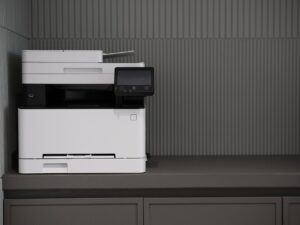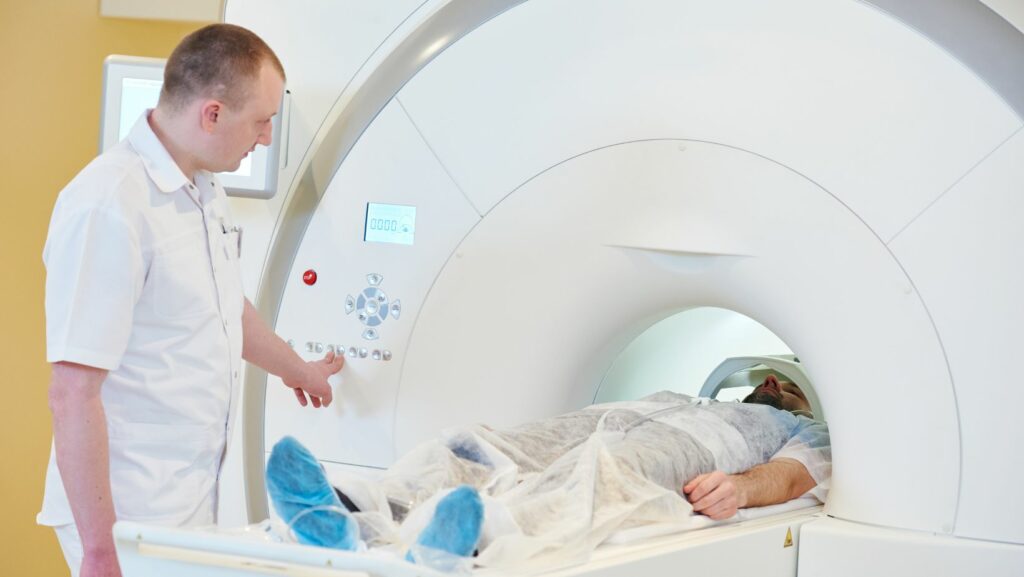In today’s digital age, preserving documents and images in high quality is more important than ever. Flatbed scanners have become essential tools for both personal and professional use, offering a versatile way to digitize everything from old photographs to important paperwork. But with so many different types available, choosing the right one can be daunting.
Flatbed scanners vary widely in features, resolution, and intended use. Whether you’re a photographer needing high-resolution scans or a business professional looking for efficiency, understanding the different types can help you make an informed decision. This guide delves into the various types of flatbed scanners to help you find the perfect fit for your needs.
Types of Flatbed Scanner
Flatbed scanners offer a versatile solution for digitizing a range of items, from photos to documents. They consist of a flat, rectangular glass surface where users place the item to be scanned. The scanning mechanism moves beneath the glass to capture an accurate digital image. These scanners are known for their ability to produce high-quality scans with excellent color accuracy and detail.

Flatbed scanners differ in multiple aspects, including resolution, scanning speed, color depth, and connectivity options. Some models feature built-in transparency units for scanning film negatives and slides. Advanced flatbed scanners often include software for image editing and document management.
Flatbed scanners cater to various needs, from home use to professional applications. Home models are generally more compact and affordable, suitable for everyday tasks like scanning photos and documents. Professional-grade scanners, often larger and more expensive, offer higher resolution and additional functionalities, making them ideal for businesses and graphic design professionals.
Types Of Flatbed Scanners

Flatbed scanners come in different categories to suit various needs, ranging from basic personal use to advanced professional applications. Entry-level flatbed scanners serve general-purpose scanning tasks. They typically offer resolutions between 600 and 1200 dpi (dots per inch) and include basic software for straightforward scanning and file saving processes. These scanners are compact and affordable, making them ideal for home use. Examples include models like the Canon CanoScan LiDE series, which balances ease of use and functionality.
Mid-Range Flatbed Scanners
Mid-range flatbed scanners provide enhanced features and better quality than entry-level ones. They usually offer resolutions up to 2400 dpi and faster scanning speeds. These scanners often include additional software for photo editing and document management. Mid-range models are suitable for users who need to scan photos, documents, and occasional graphics work. An example is the Epson Perfection V600, which includes Digital ICE technology for dust and scratch removal.
Key Features To Consider
When choosing a flatbed scanner, various features impact the scanner’s performance and suitability for different tasks.
Resolution measures in dots per inch (dpi). Higher dpi values indicate better image clarity and detail. Entry-level scanners typically offer 600 to 1200 dpi, sufficient for everyday document scanning. Mid-range models range from 1200 to 2400 dpi, ideal for photo and graphic work. Professional models can exceed 6400 dpi, catering to graphic design and detailed image reproduction.
Color Depth
Color depth refers to bits per pixel and determines color accuracy. Higher color depth captures more shades and nuances. Entry-level scanners usually offer 24-bit color depth, adequate for basic tasks. Mid-range scanners provide 30-bit color depth, enhancing photo and graphic work. Professional-grade scanners might offer 48-bit color depth, ensuring the highest precision for detailed image editing.
Connectivity Options
Connectivity options affect ease of use and compatibility. Most flatbed scanners connect via USB, providing reliable and straightforward setup. Some mid-range and professional models offer additional features like Wi-Fi or Ethernet, enabling network scanning and wireless operation. These advanced connectivity options enhance efficiency, particularly in professional or multi-user environments.


